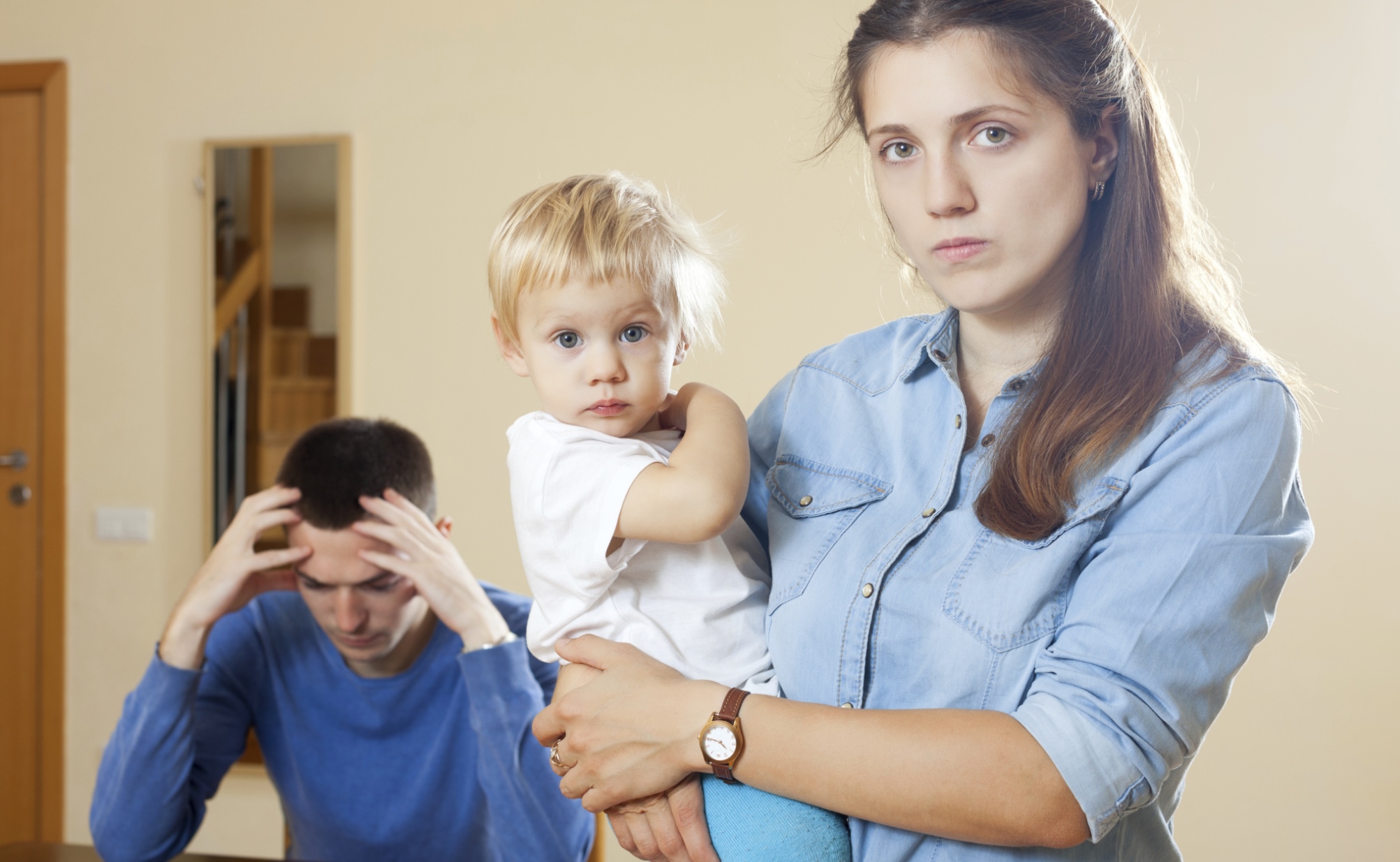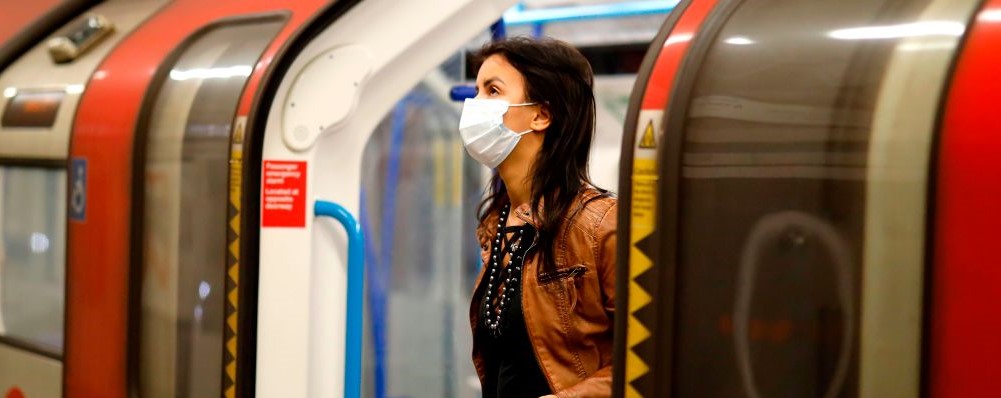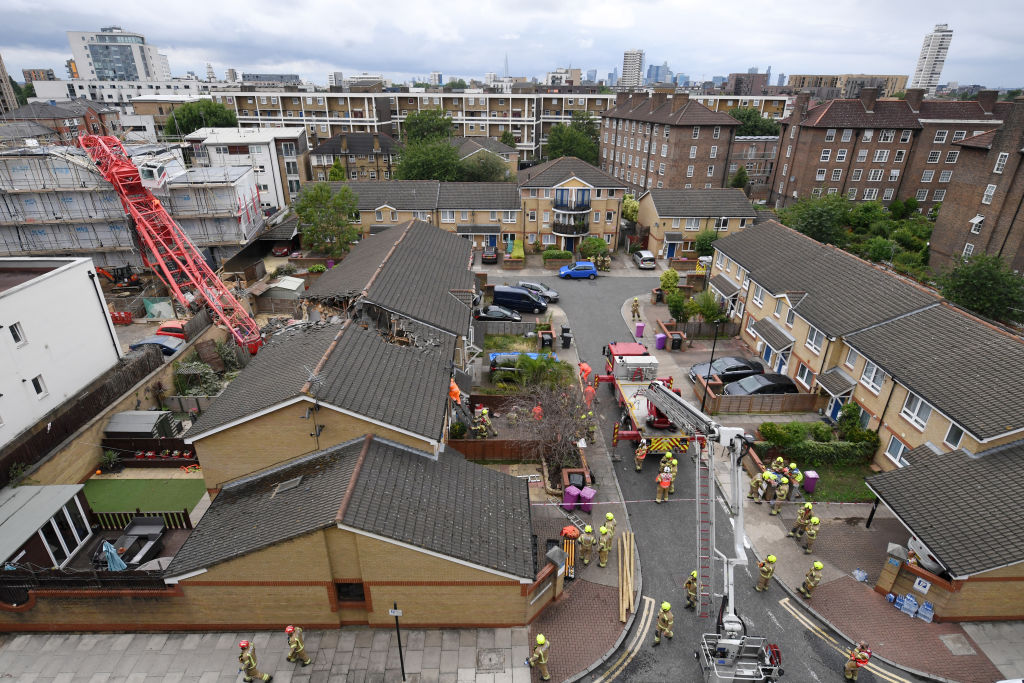Stay cool outdoors
Heat exhaustion and heat stroke are serious if not treated quickly, so watch out for these symptoms in your co-workers.
You should give first aid and call 999 if you think there are signs of heatstroke. Do not worry about â€causing a fuss’ it is difficult for members of the public to identify the severity, so veer on the side of caution, and remember the symptoms could be for another equally urgent reason.
The signs of heat exhaustion are:
- Headache
- Dizziness and confusion; inability to concentrate
- Loss of appetite and feeling sick
- Excessive sweating and pale clammy skin
- Cramps in the arms, legs and stomach
- Tiredness
- Fast breathing or pulse
- Raised temperature
- Intense thirst; (this is a late symptom)
- (Children might become floppy and sleepy)
First Aid is aimed at cooling the person down:
- Move them to a cool place and lay them down, put a cushion under their feet to raise their legs slightly
- Remove unnecessary clothing and cool their skin with cold water or ice
- Get them to drink water and sport or rehydration drinks
- Stay with them and keep checking that their breathing and pulse is returning to normal
- If there is no improvement within half an hour, call an ambulance.
Heat exhaustion can lead to heatstroke if left untreated, the person might stop sweating and appear to have dry skin, but their temperature will be dangerously high. This is an emergency, so dial 999 for an ambulance.
Prevention is obviously better so in hot weather make sure that workers have ready access to drinking water, and remind them to take a drink every half an hour and rest if they feel they need to.
Alcoholic beverages are not allowed on site, and would add to the problem of dehydration. Sweating, which is the body’s way of cooling down, is restricted by protective clothing and humidity in the environment.
By the time a person feels thirsty they will already be slightly dehydrated, and people vary in their tolerance to warm environments. The sun is at the highest between 11am and 3pm and so workers should be screened from the sun with protective awnings or working in the shade.
Remember that machinery can also generate a lot of heat. The work rate may have to be reduced in hot weather, and more mechanical aids used. Work can be rescheduled for a cooler part of the day.
Some protective clothing can be very thick and heavy and will add to the problem of retaining heat, so encourage workers to remove it when on a break. Remember it might not work properly if doused with water.
Personal protective equipment should always be provided free of charge http://www.hse.gov.uk/pubns/indg174.pdf
Outdoor workers are particularly at risk from skin cancer and so they should regularly apply high factor (factor 30 or above) sunscreen to any exposed skin such as on the face, head and neck and stay out of the sun whenever possible.
Unite are also supporting the Institute of Occupational Health (IOSH) No Time To Lose campaign on the dangers of the sun https://goo.gl/JT7iff.
Rosalind Godson is Unite Lead Professional Officer (public health)
Workers need to take action to avoid the dangers of heat and sun on site.
 Like
Like Follow
Follow


